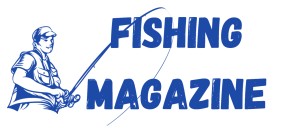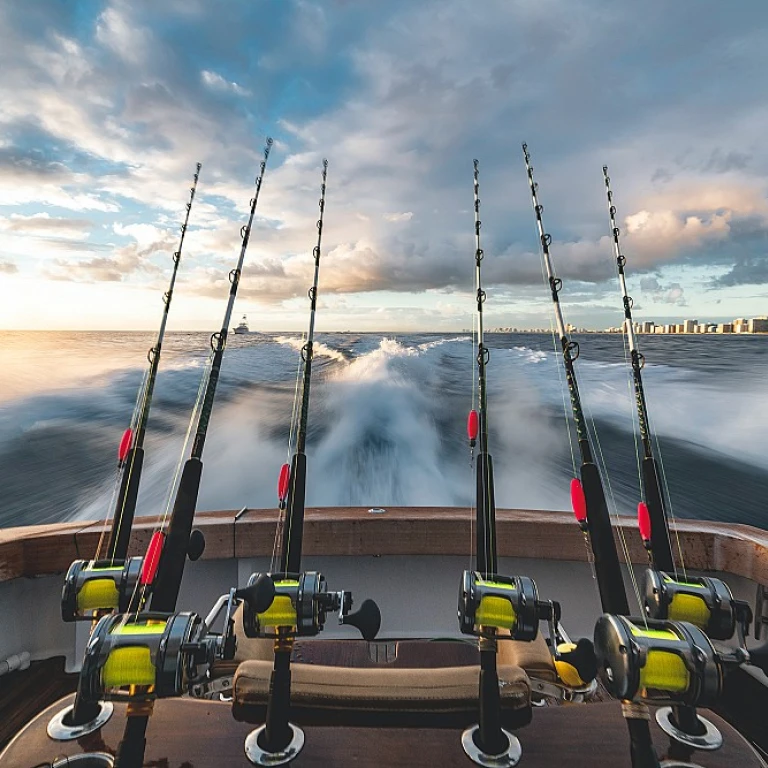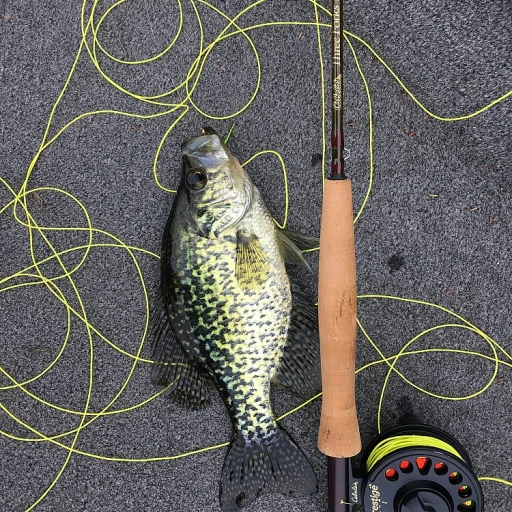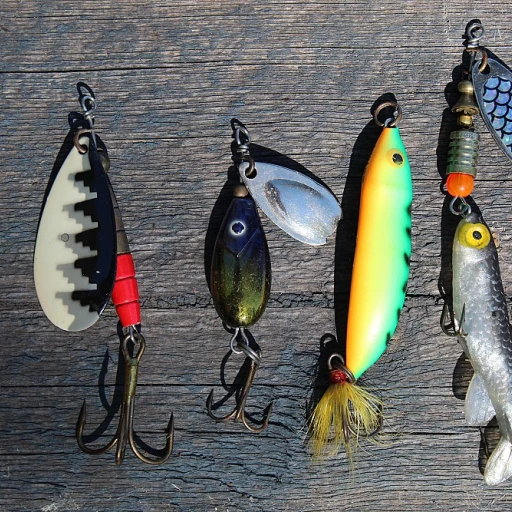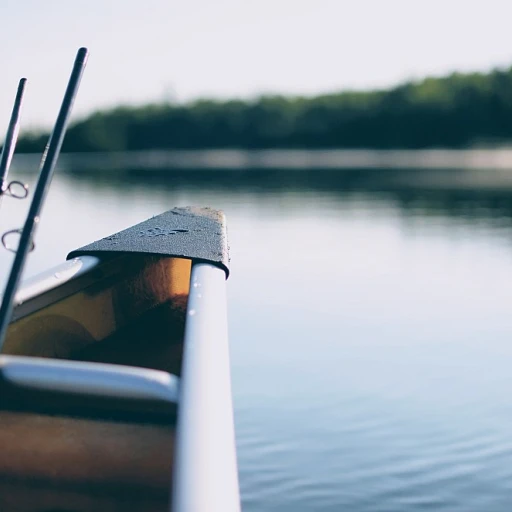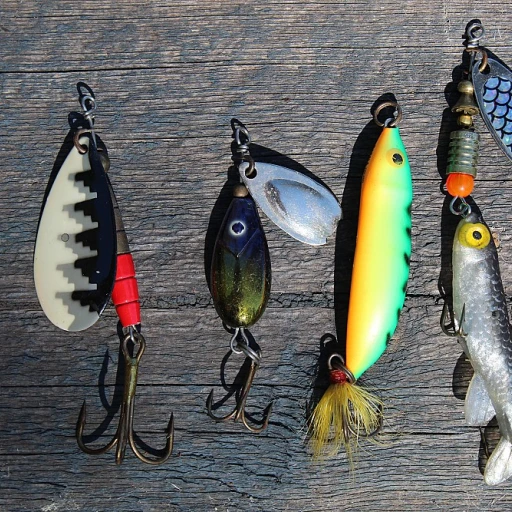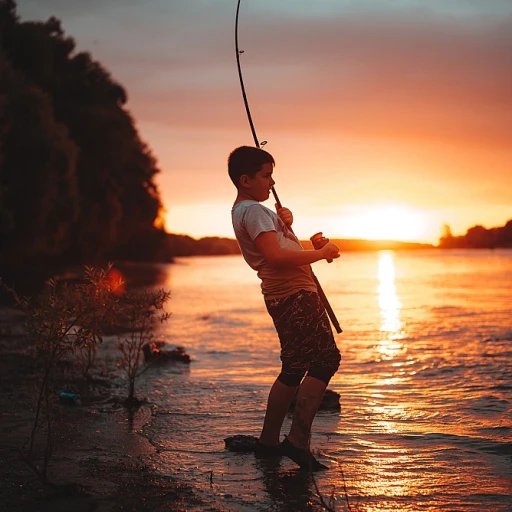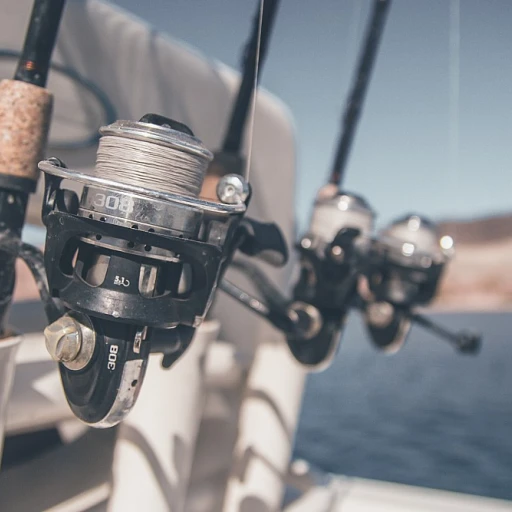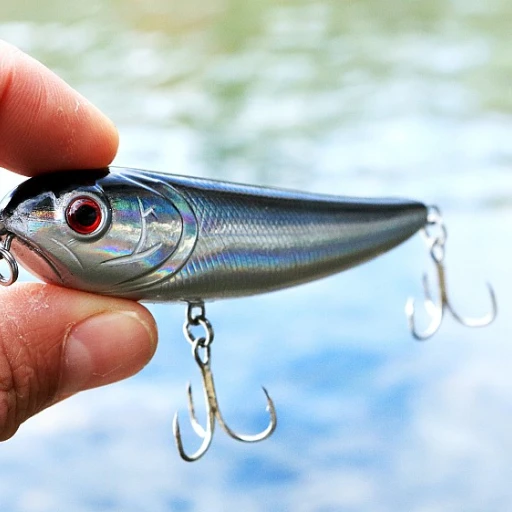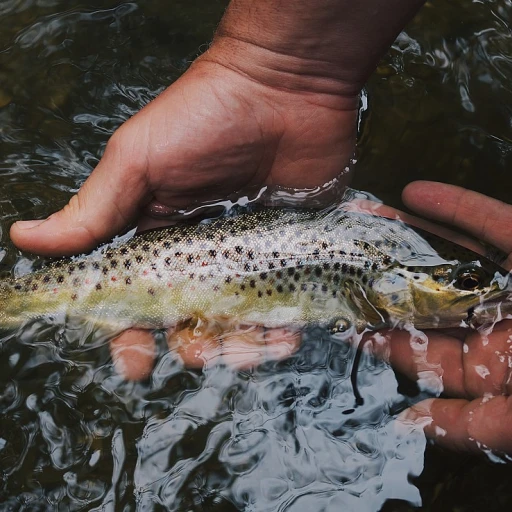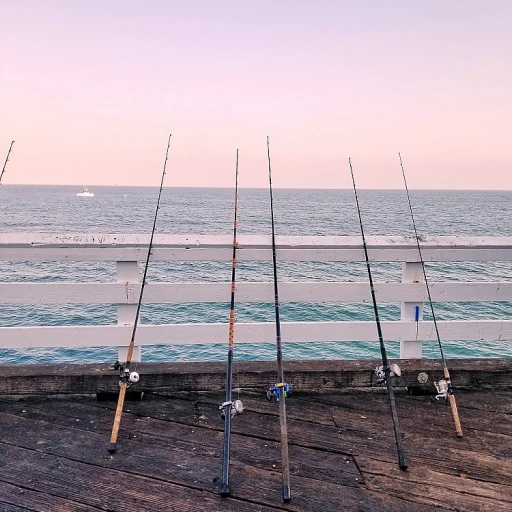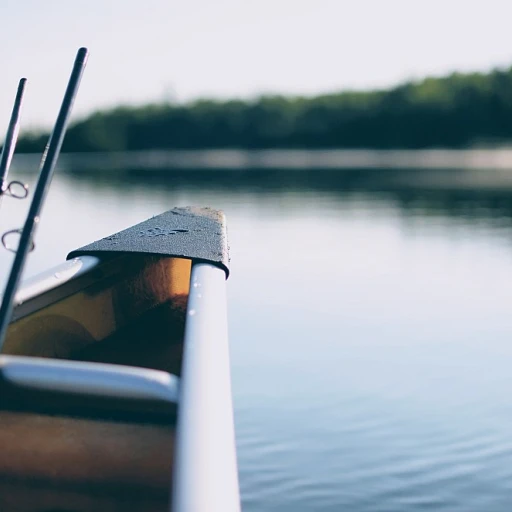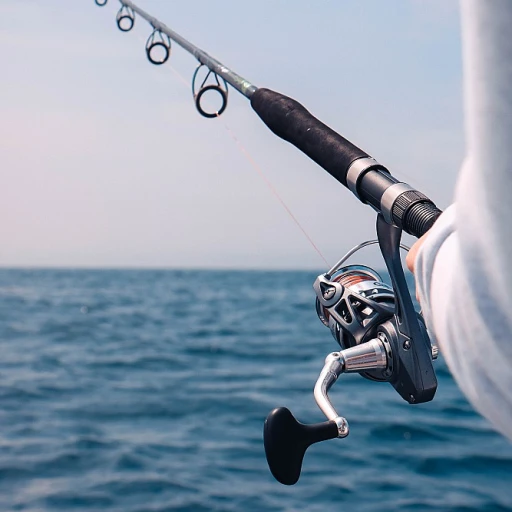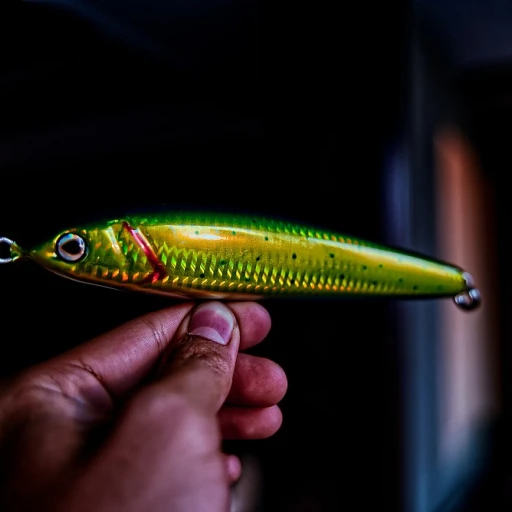
Understanding Deer Hair
Diving into the World of Hair Materials for Fly Tying
Deer hair is a cherished material in fly tying, offering unmatched versatility and functionality. It's a staple in crafting refined and effective flies, a testament to its staying power in the fly fishing community.
The type of hair used is crucial, whether you are looking to create the buoyant bodies of dry flies or crafting more elaborate designs involving wings or a caddis profile. Deer body hair, with its durable and somewhat coarse texture, is ideal for spinning deer and creating the buoyant bodies required for dry flies.
On the other hand, white belly hair offers a finer texture, making it suitable for smaller and more delicate flies. Elk hair, with its robust attributes and slight variance in texture, provides additional options for those looking to enhance their fly designs.
Understanding these variations is key to selecting the right materials. In this dynamic world of fly tying, the material's properties dictate the success of your flies in mimicking the natural behavior of insects, captivating the interest of fish.
The knowledge of deer hair and its uses will set a strong foundation for more advanced techniques and patterns. For more on enhancing your fly fishing experience, consider exploring the versatility of fiberglass fly rods, which can complement your fly tying endeavors beautifully.
Choosing the Right Deer Hair
Finding the Perfect Match for Your Fly
Choosing the right deer hair is pivotal in fly tying, as the characteristics of the hair can heavily influence the effectiveness of your flies. Whether you are crafting dry flies or interested in using spun deer techniques, knowing what to look for can enhance your fly fishing experience. When seeking out deer hair for your tying projects, consider the following:- Deer Body vs. Belly Hair: Deer body hair is generally used for spinning and building bodies due to its buoyancy and ability to be tightly packed. For creating wings or tying small caddis flies, more delicate deer belly hair might be the product of choice.
- Color and Texture: Pay attention to the color and texture of the deer hair. White hair is often preferred for visibility, but natural hues are abundant and offer a more stealthy presentation. Ensure the hair is not too soft as it might result in subpar performance of your flies.
- Length and Density: Long, densely packed hair is suitable for spinning deer body and ribbon flies, while shorter options might be better for detailed wings or accessories.
- Species Variations: Coastal deer and elk hair are popular choices due to their natural resistance to water absorption, which is ideal for tying dry flies.
Techniques for Tying with Deer Hair
Mastering Deer Hair Tying Techniques
Understanding the nuances of working with deer hair is essential for achieving desirable results in fly tying. Known for its buoyancy and versatility, deer hair can be a game-changer when effectively incorporated into your tying materials. To begin with, consider the variety of deer hair available, such as belly hair, body hair, and coastal deer hair. Each type offers distinct characteristics and is suited for different applications. Spinning deer hair is a popular technique that creates voluminous bodies, perfect for an array of fly patterns including blue ribbon flies and dry flies. The first step in mastering deer hair techniques is ensuring you have a good quality product. Select hair with long fibers and minimal hair loss for easy spinning and tying. The cost of deer hair can vary, but it is generally reasonably priced and offers good value for fly fishing enthusiasts. Next, you will need the right accessories to tie effectively. A good thread is imperative and should match the size and color of your hair material. A spinning block or hair stacker can be invaluable for aligning hair fibers, ensuring a smooth, consistent body or wing formation. As you engage in tying, practice spinning the deer hair with the thread to create a tight, compact body. The step of tightly packing spun deer hair ensures durability and buoyancy, essential qualities when crafting caddis or elk hair wings. For more complex techniques, adding contrast through color variation can enhance the fly's attractiveness. Using a mixture of colors, such as natural white deer hair combined with dyed options, can add dimension to your flies. Equipping yourself with this knowledge and honing your skills in deer hair techniques can significantly boost your fly tying prowess, leading to more effective and aesthetically pleasing creations in your fly box. For further insights into optimizing your setup, consider exploring the right support for fly tying accessories.Popular Fly Patterns Using Deer Hair
Classic Patterns That Stand the Test of Time
When it comes to fly tying, deer hair is a staple material that has been used in a variety of popular fly patterns. Its versatility allows for the creation of flies that are not only effective but also visually appealing. One of the most renowned patterns is the Elk Hair Caddis. This fly is a favorite among anglers for its buoyancy and realistic appearance, making it ideal for dry fly fishing. The use of elk hair, which is similar to deer hair, provides the necessary floatation and durability.
Exploring the Versatility of Spun Deer Hair
Spun deer hair is another technique that has gained popularity in fly tying. This method involves spinning deer belly hair around the hook to create a dense, buoyant body. The Muddler Minnow is a classic example of a fly that utilizes spun deer hair. Known for its ability to mimic small fish and insects, the Muddler Minnow is effective in both freshwater and saltwater environments.
Adding a Touch of Color with Coastal Deer Hair
For those looking to add a splash of color to their flies, coastal deer hair is an excellent choice. This type of hair is often used in the creation of Blue Ribbon Flies, which are known for their vibrant hues and intricate designs. The natural color variations in coastal deer hair allow for a wide range of creative possibilities, making it a favorite among fly tyers who enjoy experimenting with different patterns.
Creating Realistic Wings and Bodies
Deer body hair is also commonly used for crafting realistic wings and bodies on flies. The Adams Dry Fly is a prime example of a pattern that benefits from the use of deer hair. This fly is renowned for its effectiveness in imitating a variety of insects, thanks to the natural texture and color of the deer hair used in its construction. By carefully selecting the right deer hair, anglers can create flies that not only look good but also perform exceptionally well on the water.
Caring for Your Deer Hair Flies
Maintaining Your Deer Hair Creations
When you invest time and effort into crafting deer hair flies, ensuring their longevity and effectiveness is essential. Here are some practical tips to help preserve the beauty and functionality of your creations:- Proper Storage: Keep your deer hair flies in a dry, cool place to prevent any damage that might be caused by moisture. Invest in a quality fly box that provides adequate compartments and protection.
- Cleaning: After every fly fishing session, it’s a good practice to gently wash your flies with clean water. This will help in removing any dirt or debris clinging onto the deer or elk hair. Ensure they are thoroughly dried before storing, as wet flies can lead to hair loss.
- Rotation and Use: Regularly rotating your flies will allow you to evenly distribute wear and tear across your collection. This helps in extending the life of each fly, unlike concentrating use on a few favorites.
- Reconditioning Techniques: Occasional touch-ups can rejuvenate your flies, keeping them in top shape. Retie loose wings and re-spin the body if needed. This can often be the difference in maintaining the patterns and effectiveness of your flies.
- Using Quality Tying Materials: Opt for high-quality tying materials, such as nature spirit deer hair, which tend to have better durability. By making use of good quality threads and accessories, you minimize the chance of premature wear and tear.
- Handling Delicately: Take caution when handling your flies during tying, or when using them, as rough handling can distort the fly body and break delicate hair strands. By treating them gently, you preserve their intended design and action in the water.
